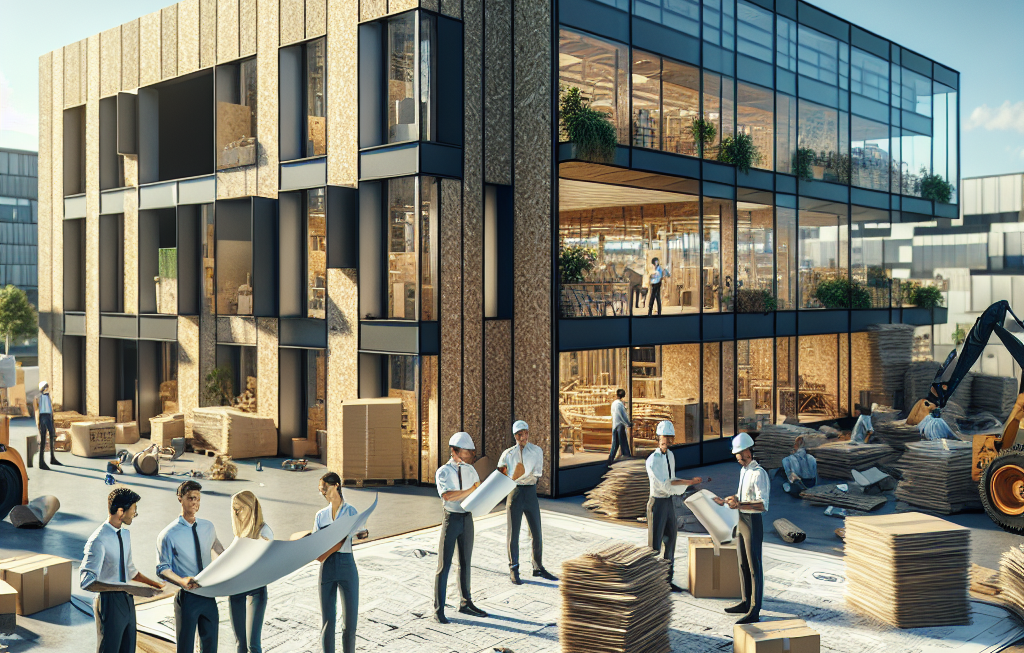Steel-Like Wood with Iron: A Breakthrough in Sustainable Construction
Experts are making sustainable building materials a reality by enhancing natural resources like wood. The latest innovation in this field comes from scientists who have successfully engineered steel-like wood with the addition of iron. This breakthrough not only promises stronger and more durable construction materials but also contributes to a greener environment.
Wood has long been a popular choice in construction due to its abundance, affordability, and versatility. However, its main drawback has always been its susceptibility to damage, rot, and fire. By infusing wood with iron, scientists have been able to address these concerns effectively. The resulting material exhibits properties similar to steel, such as increased strength, durability, and fire resistance, while retaining the benefits of wood, such as its lightweight nature and ease of use.
One of the key advantages of this steel-like wood is its sustainability. By utilizing wood, a renewable resource, as the base material, and enhancing it with iron, a commonly available and recyclable metal, the engineered product boasts a significantly lower carbon footprint compared to traditional steel or concrete. This makes it an attractive option for environmentally conscious builders and developers looking to reduce the impact of their projects on the planet.
Moreover, the use of steel-like wood in construction can lead to cost savings in the long run. While initial expenses for implementing this innovative material may be slightly higher than conventional wood, the reduced need for maintenance, repairs, and replacements due to its enhanced durability can result in significant financial benefits over the lifespan of a building. Additionally, the lighter weight of steel-like wood compared to traditional steel can simplify construction processes and potentially lower labor costs.
The applications of steel-like wood with iron are vast and varied. From residential buildings to commercial structures, this engineered material can be used in a wide range of construction projects. Its strength and fire resistance make it ideal for load-bearing elements such as beams, columns, and trusses, while its aesthetic appeal and workability allow for creative design possibilities in both interior and exterior applications.
In conclusion, the development of steel-like wood with iron represents a significant advancement in the field of sustainable construction materials. By combining the strength and durability of steel with the renewable and eco-friendly properties of wood, scientists have paved the way for a greener and more resilient built environment. As this technology continues to evolve and gain traction in the construction industry, we can expect to see more innovative and sustainable building solutions that benefit both the environment and the economy.
sustainable construction, steel-like wood, engineered materials, green building, renewable resources












